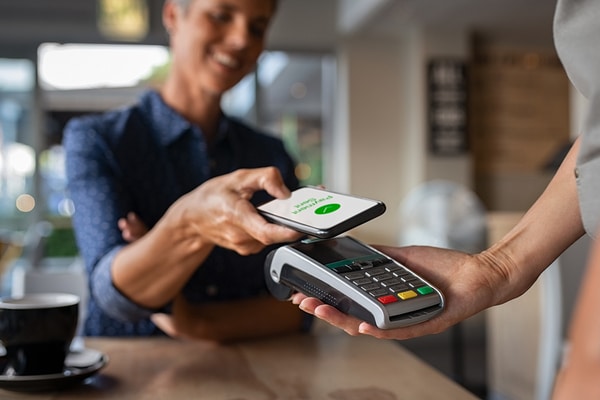What’s the difference between marketing for a B2B company and a B2C company?
While some might argue that the lines are blurring, we think there are still some key differences.
One thing that sets the two apart is in the way you approach your target audience. B2C businesses tend to focus on appealing to their customers using emotion, which provokes their audience to buy (for example, looking good, feeling great, and finding internal happiness).
The B2B crowd responds emotionally too (because B2B companies are still made up of humans), but by and large, this group weighs its decisions heavily toward need and business impact. For example, B2B companies are focused on saving time and money and boosting revenue. If your offer addresses these critical areas, then odds are, you’ll attract the right kind of attention from B2B customers.
What does all of this have to do with segmenting your campaigns? It plays a vital role in how you approach B2B segmentation, and the criteria you use to create segments.
How B2C Segmentation Looks

There are four key factors B2C marketers use to segment their leads and customers:
- Behavioral data: This takes into account the way a prospect or customer engages with your brand directly or indirectly. For example, it considers how they browse for products on your site, brand loyalty, social media interactions, and so on.
- Geographical data: Targeting consumers by location enables brands to send personalized offers and deals. This is particularly helpful for smaller businesses with lesser budgets (focusing on leads that are likely to convert).
- Psychographic data: B2C marketers group together customers based on their lifestyle, personality, social class, values, and so on. Targeting users with messaging that caters to this data makes it easier to connect.
- Demographic data: Focusing on gender, age, religion, education, income, marital status, and occupation can make it easier to personalize offers.
How B2B Segmentation Looks

In B2B marketing, there are three key areas on which to focus:
- Profile data: This is similar to B2C’s demographic data, but goes beyond to include firmographic data (for instance, company size, revenue, industry, and tech used) as well as business persona demographics (job title, function, seniority, skills, etc.).
- Intent data: B2B marketers want to focus on companies that are in-market for their category of product or service. This data consists of company-level signals of buying intent, like topical content consumption, searches, and reviews. If a company is showing activity around a topic above an average baseline, they’re likely to be preparing to purchase.
- Engagement data: This has parallels with B2C’s behavioral data, but includes the more B2B specific behaviors like lead forms, trade show interactions, sales meetings, and email engagement. You’ll want to make sure you factor in their direct interactions with you across your “owned” channels when segmenting.
As you can see, the way B2B and B2C companies segment customers is entirely different.
There’s also a difference in the way B2C and B2B companies collect and store their data. It’s common for B2C companies to use CRM (customer relationship management) software. B2B companies also use CRMs, but they often combine it with a CDP (customer data platform) to get more bang for their data management buck.
Data Management for B2B Segmentation
One thing B2B can borrow from B2C is their use of Customer Data Platform (CDP) technology to unify data and create segments for activation. You know the data you need to properly segment your B2B audience, but using a CRM alone just won’t cut it. With a CDP, you can gather first-party and third-party data and have it automatically updated (aka cleaned). This way, you know the data you’re using to segment your audience is up-to-date and relevant.
At Leadspace, we offer the leading Customer Data Platform for B2B. It doesn’t stop with data organization; the Leadspace CDP can also help you analyze data and develop customer profiles/personas, score leads, and much more.
Want to learn more? Then watch the webinar: CDP: Is it Really Your Single Source of Truth for Sales and Marketing?
